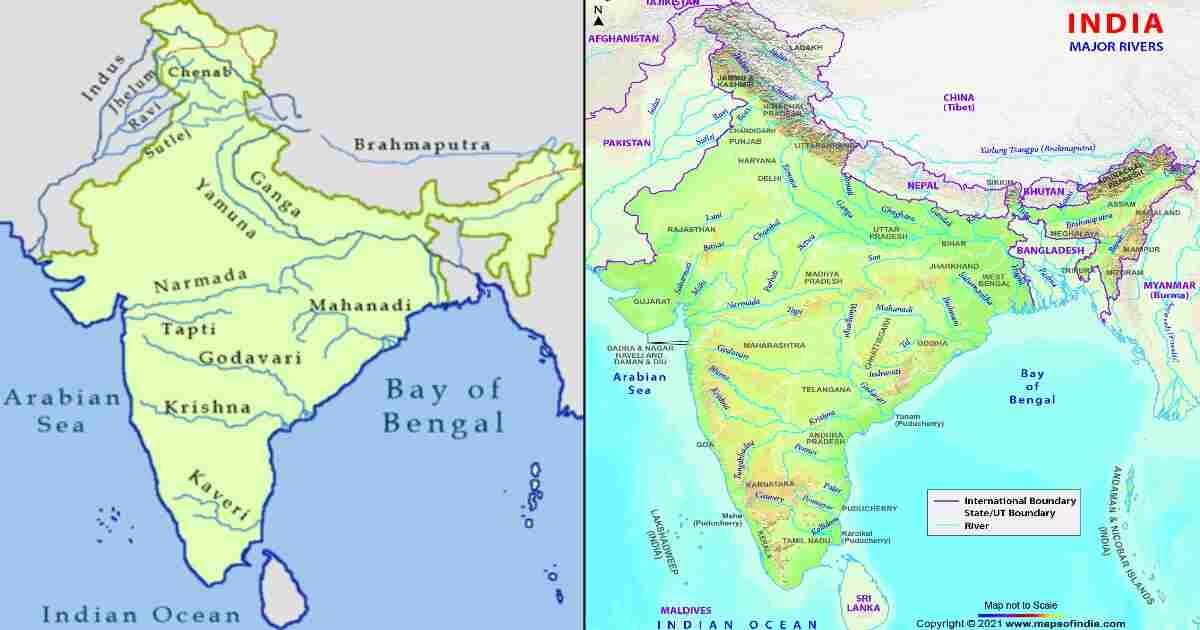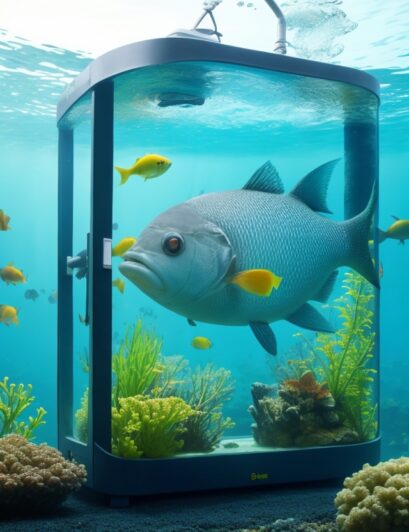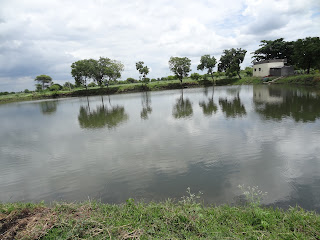Species suitable for Biofloc Fish Farming in India: Biofloc fish farming is gaining popularity in India due toits high productivity and sustainable nature. Several fish species are suitable for biofloc fish farming in India, considering their adaptability to biofloc systems and market demand. Here are some commonly cultured fish species in biofloc fish farming in India.
Biofloc fish farming is a sustainable aquaculture technique that uses microorganisms to convert waste into food for the fish. It is a zero-water exchange system, which means that there is no need to add or remove water from the tank. This makes it a more environmentally friendly way to farm fish.
Species suitable for Biofloc Fish Farming in India
The following are some of the species that are suitable for biofloc fish farming in India:
Air-breathing fish: These fish can tolerate high levels of ammonia and other pollutants, which makes them well-suited for biofloc systems. Some examples of air-breathing fish include:
- Singhi (Heteropneustes fossilis)
- Magur (Clarias batrachus)
- Pabda (Ompok pabda)
- Anabas/Koi (Anabas testudineus)
- Pangasius (Pangasianodan hypophthalmus)
Non-air-breathing fish: These fish are less tolerant of high levels of ammonia and other pollutants, but they can still be grown in biofloc systems. Some examples of non-air-breathing fish include:
- Common carp (Cyprinus carpio)
- Rohu (Labeo rohita)
- Tilapia (Oreochromis niloticus)
- Milkfish (Chanos chanos)
Shellfish: Shellfish can also be grown in biofloc systems. Some examples of shellfish include:
- Vannamei shrimp (Litopenaeus vannamei)
- Tiger shrimp (Penaeus monodon)
The success of biofloc fish farming depends on a number of factors, including the species of fish being farmed, the water quality, the temperature, and the amount of feed. However, biofloc fish farming is a promising technique that has the potential to improve the sustainability and productivity of aquaculture in India.
Here are some additional tips for successful biofloc fish farming in India:
- Use a good quality source of water.
- Control the water temperature and pH.
- Add a source of carbon, such as molasses, to the water.
- Monitor the water quality closely and make adjustments as needed.
- Feed the fish a balanced diet.
- Manage the biofloc carefully to prevent it from becoming too dense.
With careful planning and management, biofloc fish farming can be a successful and profitable aquaculture enterprise in India.
some of the important fish species commonly used for biofloc system as follows-
Oreochromis Spp. (Tilapia):
Oreochromis mossambicus (Tilapia) and Oreochromis niloticus (Nile Tilapia) are one of the most suitable fish species for biofloc systems. They are popualar for its fast growth rate, tolerance to high stocking densities, and ability to feed on organic
matter, including biofloc.
Clarias spp. (Catfish):
Catfishes, particularly the Clarias batrachus (Mangur) and Clarias gariepinus (African catfish), are very popular choice for biofloc fish farming in India. It is a hardy species that adapts well to biofloc systems and has a good market demand.
Labeo rohita (Rohu):
Rohu is a commonly cultured fish in India and is well-suited for biofloc fish farming. It is a freshwater carp species with high consumer demand.
Cyprinus carpio (Common Carp):
Common carp is a robust and adaptable fish species suitable for biofloc systems. It has good market acceptance and can tolerate a wide range of environmental conditions.
Pangasianodon hypophthalmus (Pangasius):
Pangasius, also known as basa or tra, is a popular fish species for aquaculture in India. It has a high growth rate and can thrive in biofloc systems with proper management.
Heteropneustes fossilis (Singhi)
Singhi species are the catfish it also suitable for biofloc culture system due to highly tolerate a wide range of environmental conditions.
Some of the other fish species also important that are suitable for Biofloc fish farming which includes Ompak pabda (catfish), Anabas testudineus (Anabas/Koi), Chanos chanos (Milkfish) and Prawns or Shellfishes like Litopenaeus vannamei (Vannamei), Penaeus monodon (Tiger Shrimp).
These are just a few examples of fish species suitable for biofloc fish farming in India. However, it’s essential to consider local market demand, availability of seedlings, and environmental factors while selecting the fish species for the specific location and farming setup. A basic factor in designing a biofloc system is the species to be cultured. Biofloc system works best with species that are able to derive some nutritional benefits from the direct consumption of floc and growth rate is high. Bio-floc system is most suitable for culture species that can tolerate high solids concentration in water or cloudy water and are generally tolerant of poor water quality.
 |
| Anabas testudineus |
 |
| Pangasianodan hypophthalmus |
 |
| Chanos chanos |
 |
| Litopenaeus vannamei |





